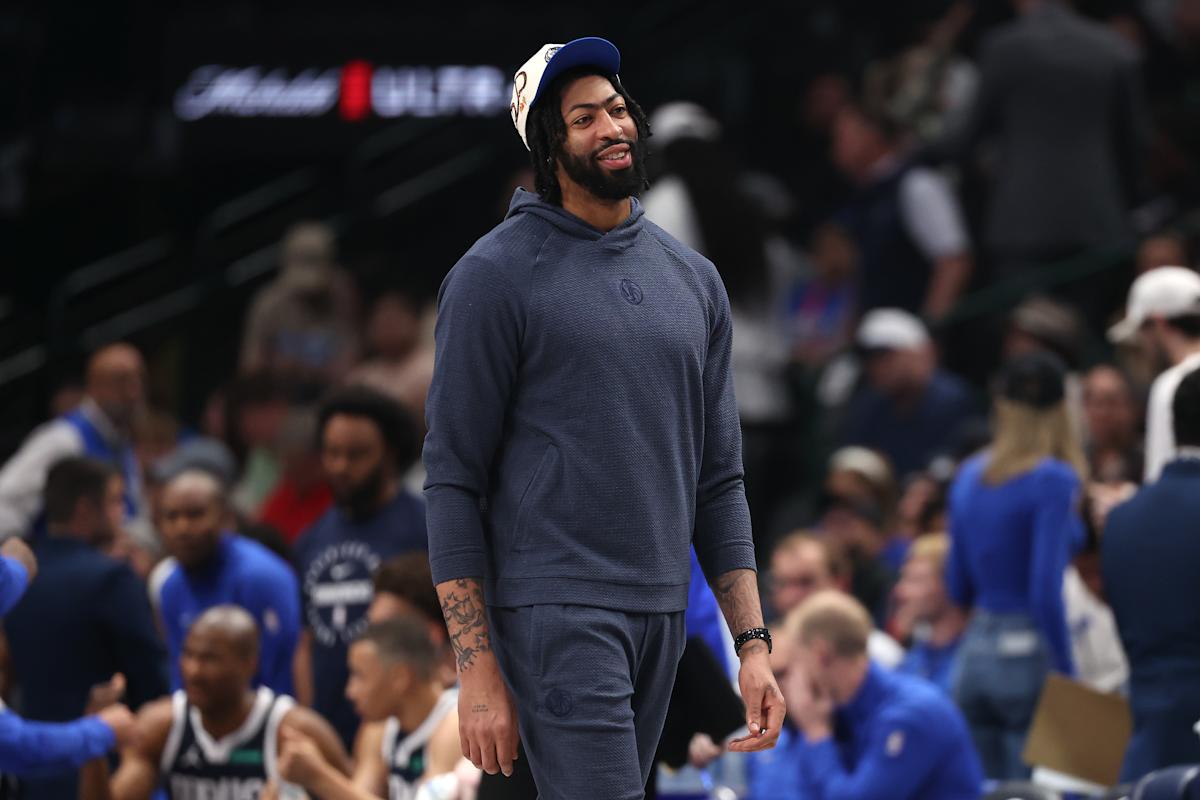Name, Image and Likeness (NIL) has not only transformed college sports, but it is also beginning to make its way into high schools. In Ohio, one of the last states to resist this change, the situation may finally be shifting. Ohio’s stance, which prevents high school athletes from profiting from NIL, is becoming increasingly difficult to sustain.
Jamier Brown, a wide receiver committed to Ohio State for 2027, and his mother have filed a lawsuit against the Ohio High School Athletic Association (OHSAA), according to ESPN. The lawsuit aims to permit him to monetize his NIL rights while he is still in high school. Brown asserts that he is missing out on over $100,000 in potential deals because of the OHSAA’s blanket prohibition on such monetization.
Kids in states that allow NIL deals can earn significant sums, with some reaching six figures and others close to seven figures. Meanwhile, a similarly talented athlete in Ohio is unable to take advantage of these opportunities.
From a legal standpoint, Brown’s case appears robust. The lawsuit contends that Ohio’s complete ban infringes upon economic liberty, free expression and competition within the NIL marketplace. Since the Ohio High School Athletic Association (OHSAA) is a state-affiliated entity, courts are likely to consider its rules as open to constitutional scrutiny. Brown’s claim is grounded in reality—he asserts that he has experienced tangible harm. If there ever was a test case, this is it.
OHSAA officials appear to sense the impending issue: they are reportedly considering an emergency vote among member schools to address NIL rules promptly. Legal pressure can transform policies; urgency replaces guesswork when legal action is imminent.
The implications of this situation extend beyond just one athlete. If Brown is successful or even prompts the OHSAA to reconsider its stance, it could pave the way for athletes in other states who are still facing blanket bans. Ohio is not the only state in this predicament; several others remain stuck in the pre-NIL era. Brown’s case could serve as a model for a nationwide surge of high school NIL litigation.
Some people argue that high school sports should stay “amateur” to prioritize education. However, this reasoning falls flat when considering that these athletes already generate significant value for local brands, camps, social media and recruiting efforts. Why should some states require students to forfeit legitimate revenue opportunities while others allow them to benefit from NIL deals?
There is a precedent for courts distancing themselves from high school “privileges.” Decades ago, the case Alerding v. Ohio High School Athletic Association upheld the Ohio High School Athletic Association’s restrictive actions regarding recruiting rules. However, that case is quite old, and the NIL economy did not exist at that time. Today, courts scrutinize student-athlete rights more closely. The landscape has changed significantly.
Pay attention closely. Brown’s lawsuit isn’t merely a challenge to the status quo; it’s a catalyst. Once it gains momentum, the movement for high school NIL rights will spread across state lines. The focus will then shift to which restrictions remain in place and the reasons behind them.

























